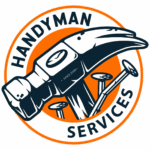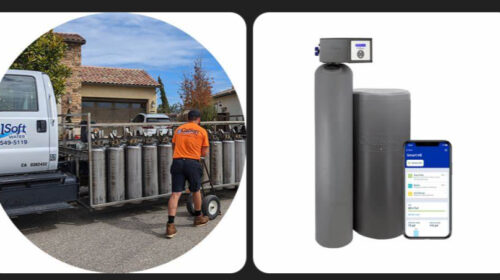Water pressure is one of the most overlooked yet critical elements of a healthy plumbing system. In many Southern California homes — especially those in hillside neighborhoods like La Habra Heights — incoming water pressure can exceed 120–130 PSI, far beyond what fixtures and appliances are designed to handle.
Installing a water pressure gauge — especially one tied to an outdoor spigot — is one of the easiest and most cost-effective ways to monitor the performance and safety of your water system.
🔧 Why You Need a Water Pressure Gauge
Excessively high water pressure may:
- Damage valves inside shower controls and faucets
- Cause noisy or “hammering” pipes
- Void warranties on dishwashers, water heaters, and washing machines
- Lead to undetected leaks or blowouts in older pipes
Too little pressure, on the other hand, can make showers weak and irrigation systems ineffective.
A properly functioning water pressure gauge helps you identify risks early and adjust regulators or valves as needed.
✅ Recommended Setup
For a typical residential water system, we suggest installing:
- An outdoor hose bib pressure gauge
This is a screw-on gauge that connects to a hose spigot. It’s easy to install and provides a quick reading of your pressure without tools. - A permanent in-line pressure gauge
For more advanced setups, we recommend adding a permanent gauge (like we did at HQ) just after the pressure regulator and before the filter or softener. This lets you monitor regulated pressure at a glance. - A second spigot post-softener
This allows you to compare pressure before and after the softener — which can indicate when filters or resin tanks need service.
📊 How to Read Your Pressure Gauge
- Ideal pressure range: 50–70 PSI
- Warning zone: 80–100 PSI
- Danger zone: 120+ PSI (This is common in hillside homes without regulation)
If your pressure regularly hits 100 PSI or higher, it’s time to install or adjust a pressure regulator. Most homes use a WATTS brand or equivalent, often adjustable with a simple wrench and screwdriver.
👉 Read more: 0254 – Pressure Regulation: Why 130 PSI Is a Problem
🧰 Parts We Used at HQ
- Brass hose bib pressure gauge (Amazon or Home Depot)
- 1″ WATTS Pressure Regulator
- In-line 1″ pressure gauge with hose spigot (after regulator)
- Mounting on shed wall for visual clarity and access


Leave a Reply